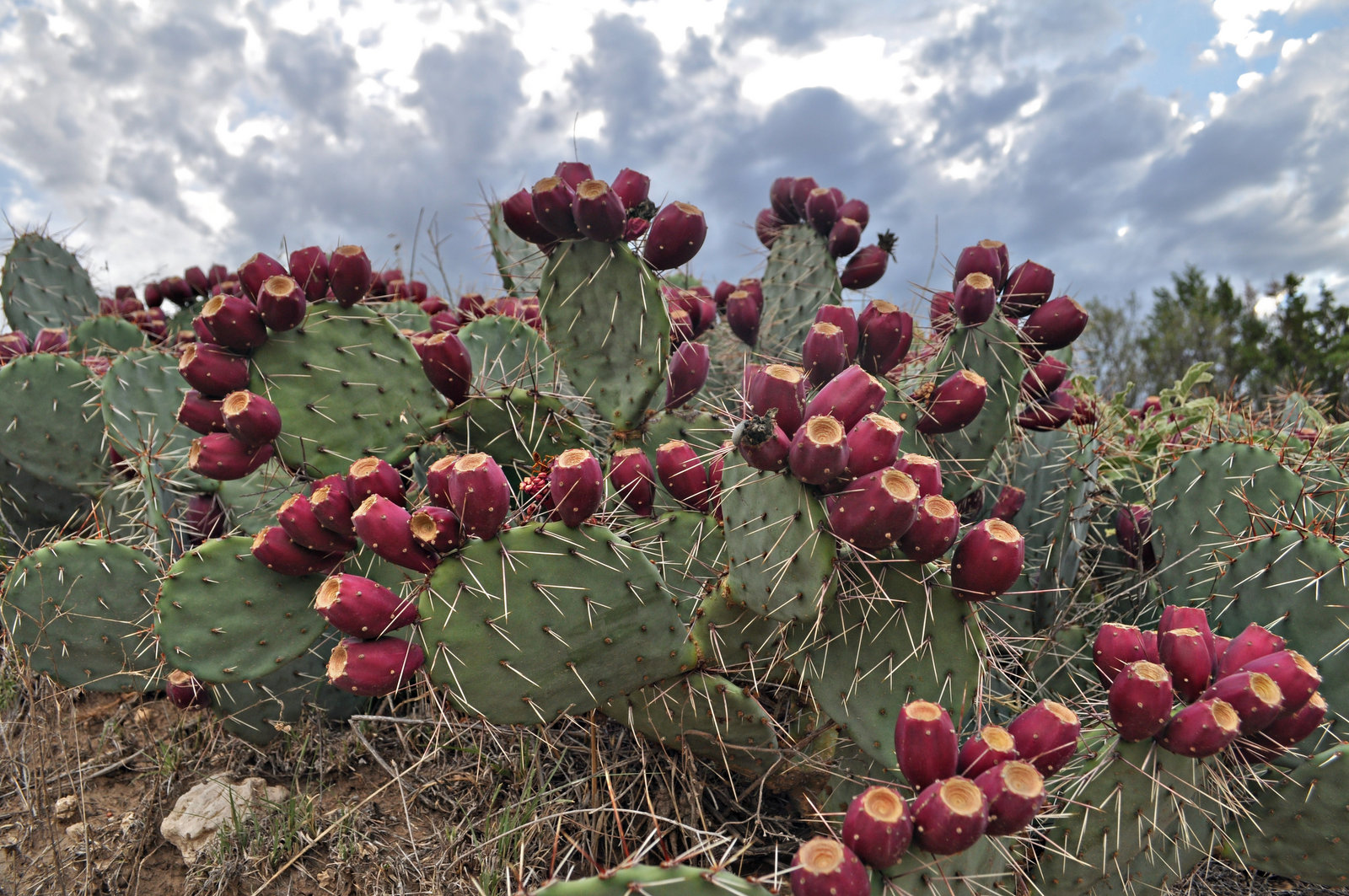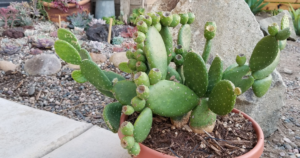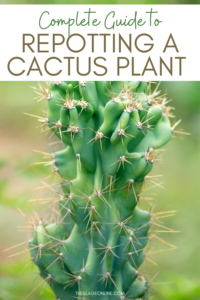Prickly Pear Cactus in Australia: A Spiky Story
Australia’s arid landscapes are home to a myriad of unique flora, but none quite capture the imagination like the Prickly Pear cactus. This resilient plant, with its striking appearance and intriguing history, offers a fascinating glimpse into the intersection of ecology, culture, and economy in this vast continent.
Through the lens of a prickly pear’s life in Australia, we unveil a complex narrative shaped by natural adaptation and human intervention. Understanding the prickly pear’s journey reveals much about its significance in Australian biodiversity and the challenges it presents. From wild growth to cultivation, the prickly pear is a multifaceted character in Australia’s environmental story.
Origins and Adaptation: The Journey Down Under
The Prickly Pear cactus, scientifically known as Opuntia, hails from the arid regions of the Americas. Historically, it was introduced to Australia in the late 18th century, initially as a source of food and as an ornamental plant for gardens. These cacti thrived in the Australian climate, significantly due to their drought-resistant properties and adaptability to diverse soil types. The flattened pads and vibrant flowers of the prickly pear introduced a splash of color to the otherwise muted arid landscape.
This plant’s remarkable resilience facilitated its expansion beyond initial cultivation sites. With minimal care, prickly pear began to spread across vast tracts of land, ultimately becoming a prominent feature of Australia’s bushland. However, this adaptability soon became a double-edged sword.
The Great Invasion: A Prickly Problem
While the prickly pear was initially celebrated for its aesthetic and practical uses, the rapid proliferation of the cactus led to it being classified as a noxious weed in many regions. By the early 20th century, the prickly pear had invaded large areas, overtaking pastures and native vegetation. The dense thickets of this cactus effectively barred livestock from grazing and disrupted local ecosystems.
This invasion prompted a concerted effort from Australian authorities to curb the spread of prickly pear. In 1925, the introduction of the Cactoblastis cactorum moth marked a significant turning point in this battle against the prickly invader. The moth was instrumental in controlling the prickly pear population, demonstrating the unintended consequences that can arise from introducing foreign species for biocontrol purposes. While the moth helped reduce the prickly pear overgrowth, it also raised concerns about the delicate balance of the ecosystem. Thus unfolded a chaotic ballet of nature and human endeavor.
Culinary and Cultural Significance: More Than Just Spines
Beyond its reputation as a challenging invader, the prickly pear has carved out a niche within Australian culture. Notably, it has become a popular ingredient in contemporary Australian cuisine. Chefs have begun to embrace its fruity flavor and vibrant color, using both the pads and fruit in various dishes ranging from salads to jams. For many, prickly pear symbolizes the resourcefulness of Australian culinary innovation.
Cultural stories surrounding prickly pear are also deeply embedded within Indigenous Australian traditions. The local Aboriginal communities have long valued the fruit, known as ‘nopales’, using it for nourishment and medicinal purposes. Its historical significance reveals the complex relationship between Indigenous peoples and their environment, showcasing how they have utilized native plants sustainably for millennia.
Sustainable Practices: Harnessing the Power of Prickly Pear
With the heightened interest in sustainability and locally sourced foods, there is potential for prickly pear to be transformed from a problematic weed into an economic asset. Farmers and ecologists are exploring sustainable practices that involve the cultivation of prickly pear for food production, biofuel, and even natural dye. As the global demand for sustainable agricultural practices grows, prickly pear could play a critical role in promoting responsible farming methods. This evolution from pest to resource is not only innovative but imperative for future ecological balance.
Environmental Impact and Biodiversity Challenges
The prickly pear’s dual identity as both a valuable resource and an environmental threat raises essential questions about biodiversity. The proliferation of opuntia has altered habitats, impacting native species while simultaneously creating new ecological dynamics. Understanding these interactions is crucial in developing effective management strategies that consider the broader environmental context.
Efforts are underway to manage the prickly pear’s spread while preserving the delicate network of Australian flora and fauna. By striking a balance between conservation and cultivation, it is possible to appreciate the prickly pear’s beauty and utility while mitigating its negative effects.
Conclusion: The Legacy of the Prickly Pear
As Australia continues to grapple with the challenges posed by invasive species, the story of the prickly pear cactus serves as a poignant reminder of the complexities within ecological systems. This spiky character represents resilience, adaptation, and the consequences of human interference. It embodies the rich tapestry of life across Australia’s landscapes, where beauty and adversity intertwine. In acknowledging both its historical significance and contemporary relevance, we can foster a greater understanding of how to coexist harmoniously with nature, learning from the prickly pear to navigate the intricate paths of environmental stewardship.





Leave a Comment